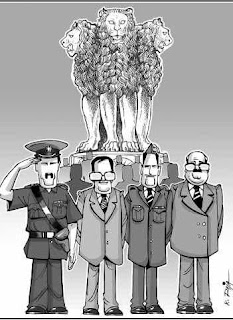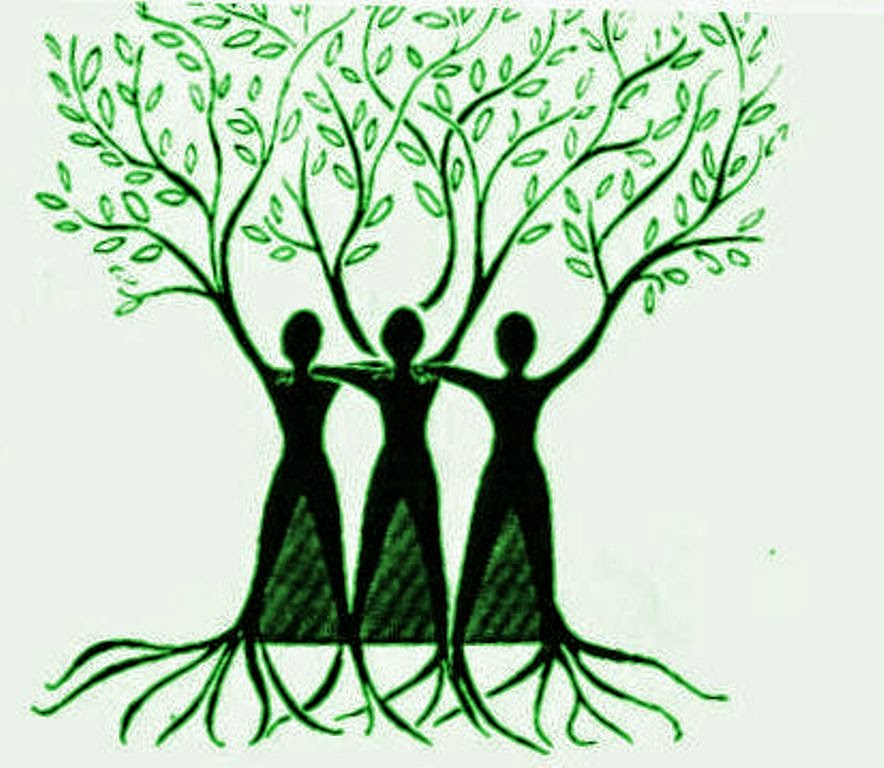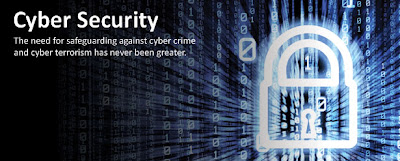The Most Powerful Goals are Impersonal
Are you a goal setter? A dreamer, who regularly follows through on an idea by fleshing out a concept or targeted achievement in one or more areas of your life, stepping through a process to create specific written goals which you commit to diligently achieve within a certain specified period of time?
If you take time, follow any process at all (even on very rare occasions), believe it or not you are more rare than you might believe as only 4-5% of all people actually ever set written goals, much less ultimately fulfilling their dreams and goals. So if you want to quantum leap most people you are competing with, establish a comprehensive goal setting plan and keep the goals relevant over time. You’re performance and outcomes are likely to place you at the front of the pack as well planned goals provide both focus and motivation to achieve.
The goal setting process is certainly something that is referred to and written about countless times per day across the world in business, sports, school, music, and a multitude of other areas of life where people are motivated to focus and achieve, so I’ll spare a discussion on which process is best in setting goals and avoid the refrain about setting S.M.A.R.T. goals (though I do believe in that process wholeheartedly) in this discussion.
Upon reflection of some recent reading and listening to interviews of some of the most successful entrepreneurs and businesspeople around, an interesting commonality resonated with me in a way that I previously had not specifically considered. These people did not set out with a personal goal (e.g. “I want to make $1 million per year, buy a Porsche 911 and retire at 45 years old”). In fact, their goals did not even directly relate to what most would consider selfless and honorable goals (e.g. to provide for my children’s college education). No, these people had impersonal goals…in other words, their driving goal and passion was to create something of value that would benefit the masses. The business success and personal financial success that followed was simply a by product of someone with a passion and vision about something they could create that would be improve the lives of many people (people the entrepreneur had not yet and probably would ever meet.)
A couple examples of an individual and a vision well aligned to their passion and strengths that produced a society changing business idea because they focused on the value to the community and society of their concept rather than trying to figure out how to make enough money to buy something for themselves as their end goal:
- Bill Gates’ Impersonal Goal/Dream- To put a computer in every home…mission accomplished; now his focus with the Gates Foundation and philanthropic efforts provide a new set of impersonal goals for his energy. Bill Gates has been financially rewarded to levels no one could have imagined, but that was never his primary driver.
- Henry Ford’s Impersonal Goal/Dream- A car which anyone could afford to buy, which anyone could drive anywhere, and which almost anyone could keep in repair
Now realistically speaking, not everybody wants to change the world. But it sure seems that a correlation exists between those who develop the most successful businesses and the driving focus of their goal being tied to something bigger than that individual’s personal interests and goals.
Author: Joel Goode
"Best Life and Career"


































